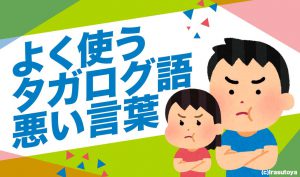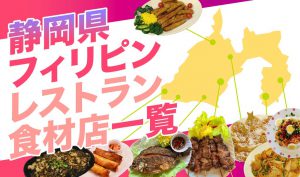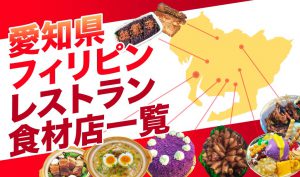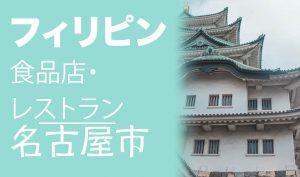(EN) 10 Essential Chopstick Etiquette
(EN)
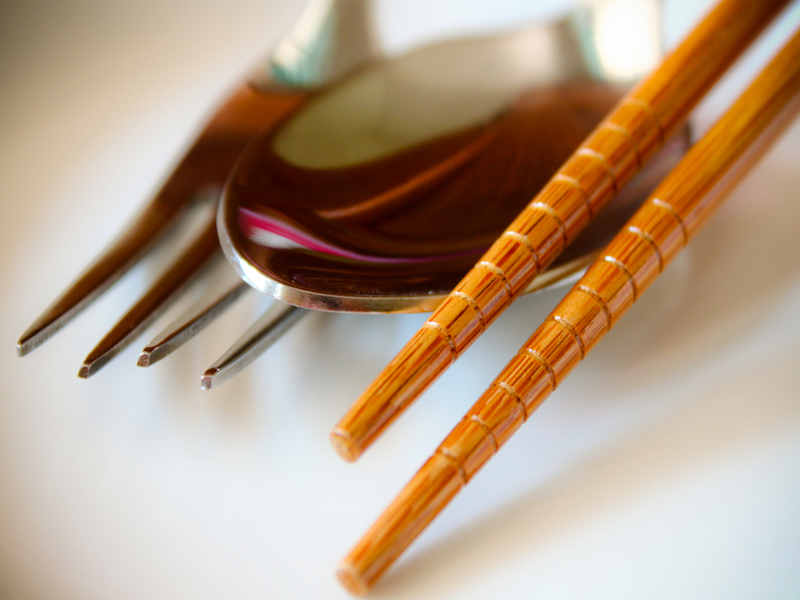
Chopsticks are, inarguably, the single most important eating utensils in Japan. The Japanese use them to eat everything from rice and meat, to noodles, salad, and so much more! In particular, there are certain do’s and don’ts regarding chopsticks. Let’s take a look at ten of the most important chopstick etiquette!
1. Don’t Play with Your Chopsticks
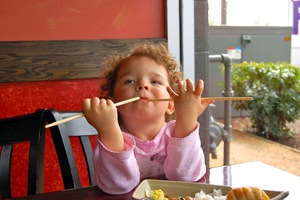
It may look like the perfect miniature drumsticks to amuse yourselves while waiting for food to arrive, but playing with chopsticks is definitely considered childish and may invite some strange looks from other diners. In fact, even Japanese children typically refrain from this kind of ‘play’ as they are taught from an early age the importance of mealtime manners.
2. Don’t Pass Food from One Set of Chopsticks to Another
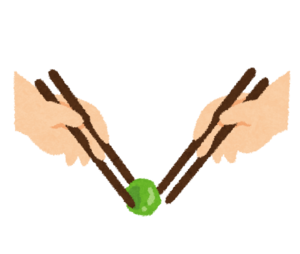
This practice is considered very taboo during eating, as it is the way that the bones of the deceased are passed during Japanese funeral rituals. If it is necessary to pass food with chopsticks, it is best to place it directly on a plate so that they may pick it up on their own.
3. Don’t Rub Your Chopsticks Together
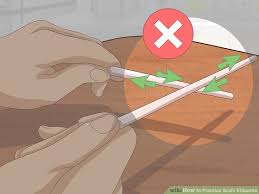
It is actually considered to be bad manners in Japan. Rubbing your chopsticks may imply that you think the restaurant you’re dining at doesn’t provide quality chopsticks.
4. Don’t Stick Your Chopsticks into Rice
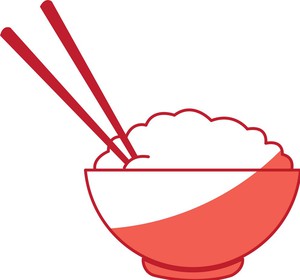
Another common chopstick mistake which will make many Japanese people cringe is putting them upright into the rice. Many foreigners feel that sticking chopsticks in the rice is an easy and obvious way to put them. However, in Japanese culture, sticking chopsticks vertically into rice should only be done only during funeral rituals, and therefore, something to be avoided during regular mealtimes.
5. Don’t Cross Your Chopsticks
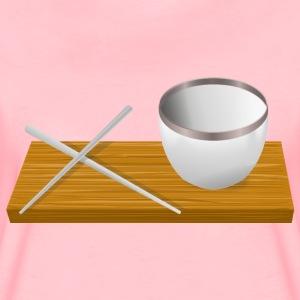
Another rule when eating with chopsticks is that one should avoid placing them in an “X” shape. It is said that crossed chopsticks represent death itself in China. While Japan may not associate this practice with death, it is still generally considered bad manners to cross your chopsticks. Whenever possible, try to remember to keep them in a parallel position whether they are in your hands or placed down.
6.Avoid stabbing food with chopsticks
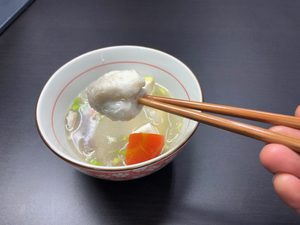
Your chopsticks are not weapons (at least let’s hope not), so you shouldn’t use them as one. Stabbing your food with one or both chopsticks to pick it up is rude. It’s also impolite and poor manners to use one chopstick to skew something, or as a knife. Pretend that the utensils are attached; they should always be used together.
7.Sucking on Your Chopsticks
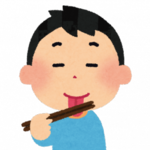
Chewing and sucking on your chopsticks, or letting them rest in your mouth while your hands are occupied is rude. It’s also bad to scratch your head (or any other part of your body) with chopsticks.
8.Moving Your Bowl
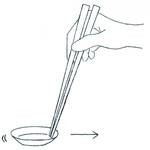
Don’t move your dish closer to you by pulling it with your chopsticks. You also shouldn’t lift a bowl with the hand that’s holding your chopsticks. If you’re having a hard time remembering so many rules, just remember to move dishes with your free hand. You should also reach for a bowl with both hands to bring it closer to you.
9.Pointing people with chopsticks

Just like in several other cultures, pointing is considered to be bad manners, Japan is no exception. Holding a pair of chopsticks and pointing at someone is like doing the same with a fork or knife.
You must also not wave your chopsticks while talking. According to a survey by Nifty news, pointing people with chopsticks topped the list of bad chopsticks etiquette among Japanese.
10.Hovering over Food
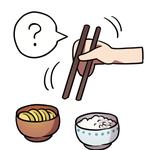
Try not to let your hand or chopsticks hover from dish to dish while you decide what to eat. It’s best to take a little from each dish, rather than just taking your favorites each time. Usually, there’s plenty of food to go around, so go wild and select something at random if you can’t choose what to eat next.
As a foreigner you may be excused for not knowing every Japanese custom, but knowing more about the culture will certainly help you become better acquainted with the country and make a better impression with the people!
Sources: LIVEJAPAN PERFECT GUIDE, SMILE NIHONGO, FLUENTU
 準備中
準備中

